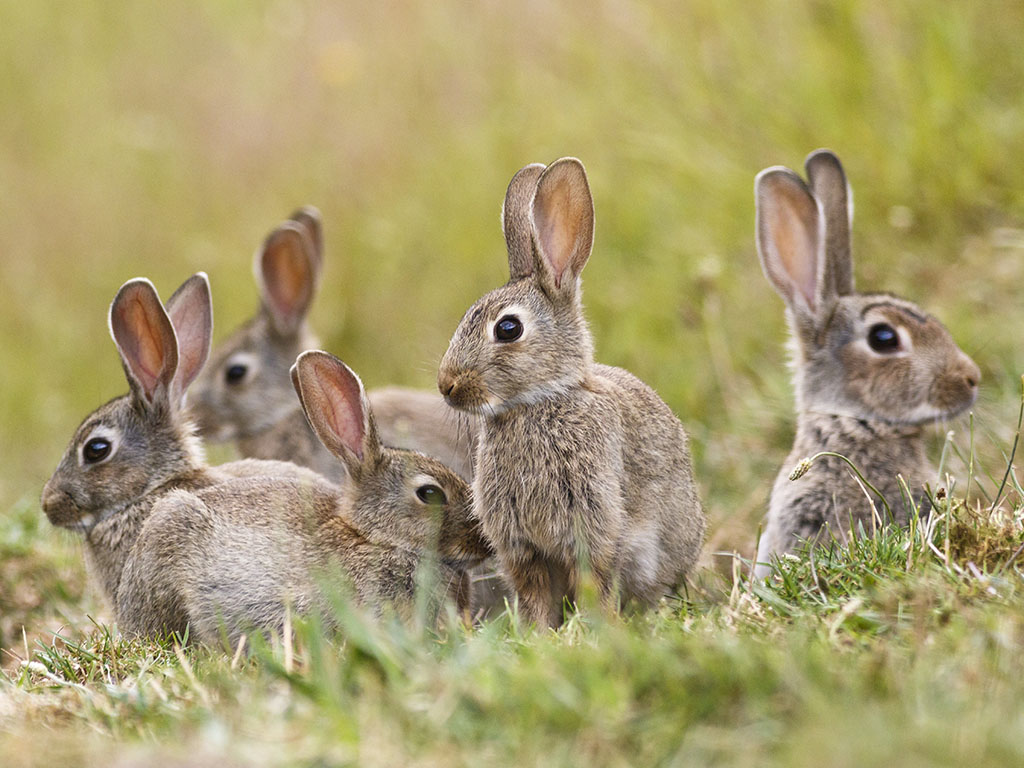Wild side of domestic rabbits: What are the genetic keys to going feral?

William Booth / shutterstock.com
A groundbreaking study by Texas A&M University researchers has uncovered how domestic rabbits can adapt to and survive in the wild, becoming feral due to the presence of wild DNA in their genomes. The findings, published in Nature Ecology and Evolution, provide significant insights into the rewilding process and the genetic factors that facilitate this transformation.
Dr. Leif Andersson, professor in the Department of Veterinary Integrative Biosciences at Texas A&M University and at Uppsala University, led the study, sequencing the genomes of nearly 300 rabbits worldwide. The findings indicate that domestic rabbits already carry wild genetic traits, enabling them to quickly adapt to natural environments.
This research provides insights into historical events such as the rabbit population explosion in Australia. In 1859, 24 European rabbits were introduced, leading to widespread ecological damage. The study emphasizes the role of wild DNA in rewilding, highlighting the importance of preventing domestic animals from being released into the wild.
The study highlights the ecological risks associated with releasing domestic animals, as they can become invasive species and disrupt local ecosystems. It advocates for stricter measures to prevent such releases.
Additionally, this research is valuable for conservation biology and wildlife management. Understanding the genetic mechanisms behind rewilding can help develop strategies to manage feral animal populations and mitigate their ecological impact. It also opens avenues for further research into the rewilding capabilities of other domestic species.

